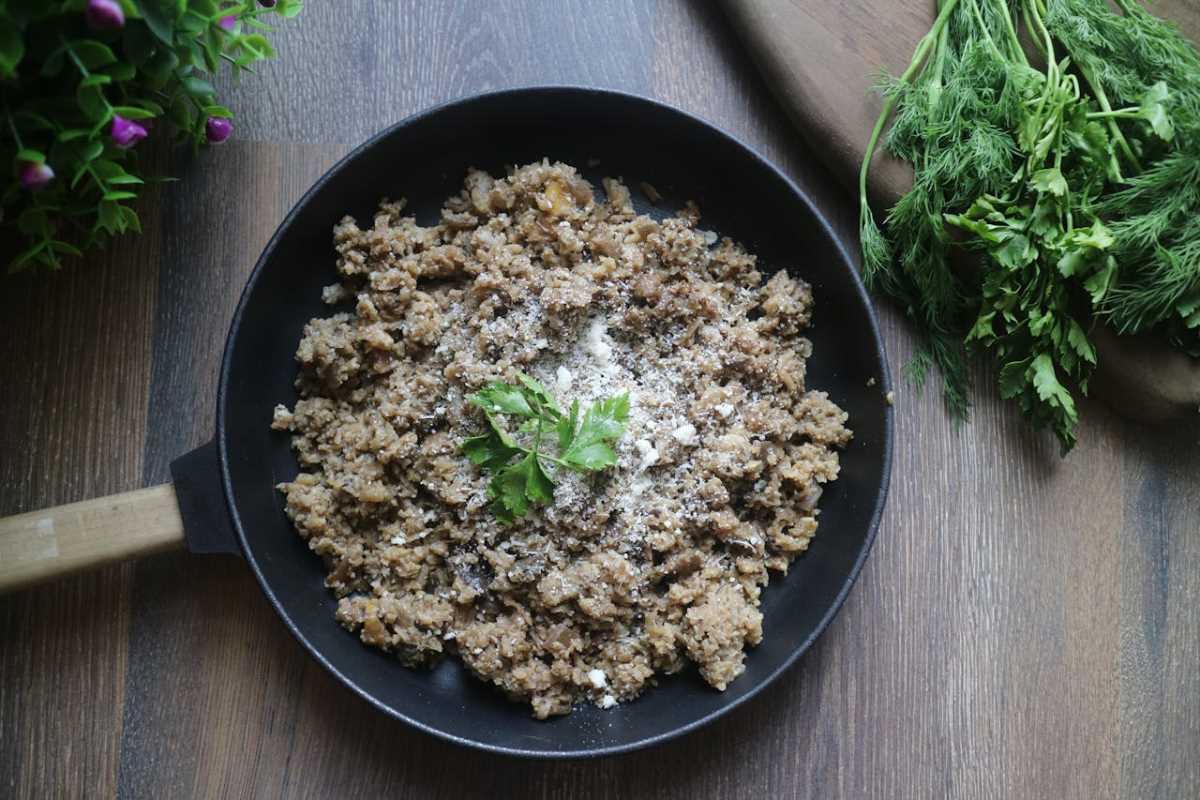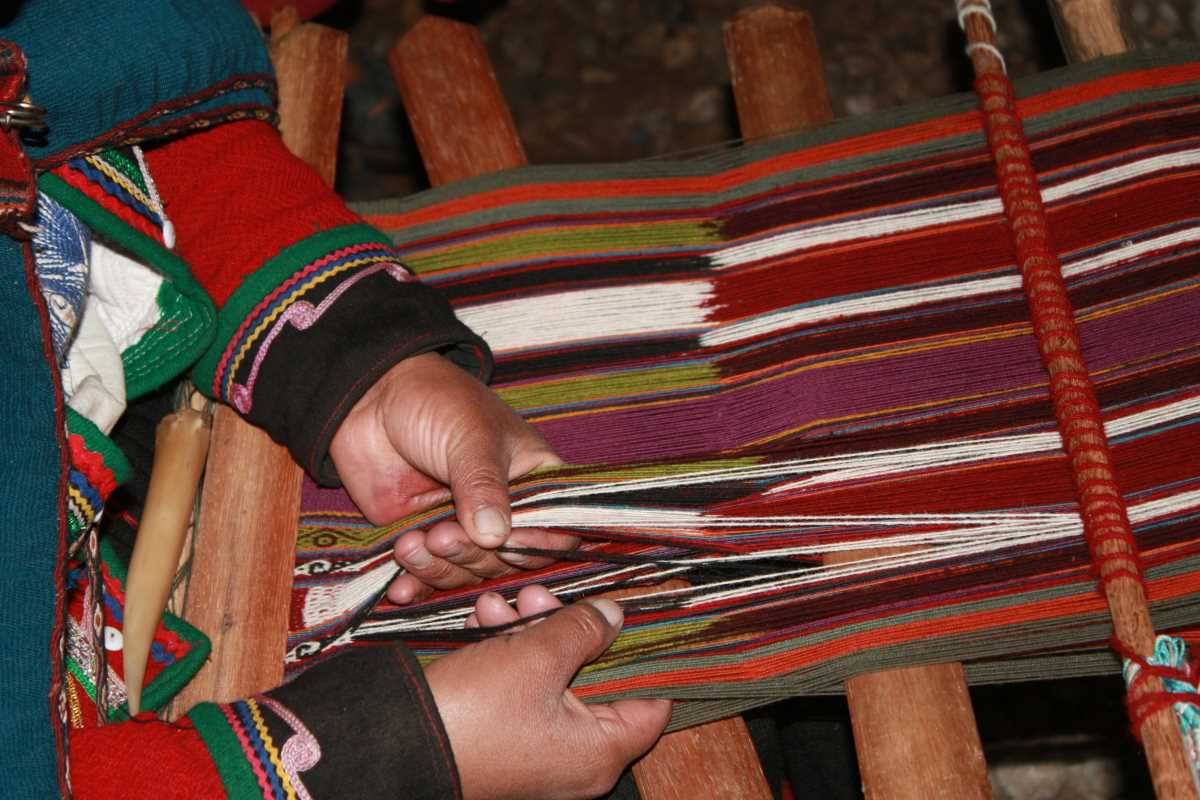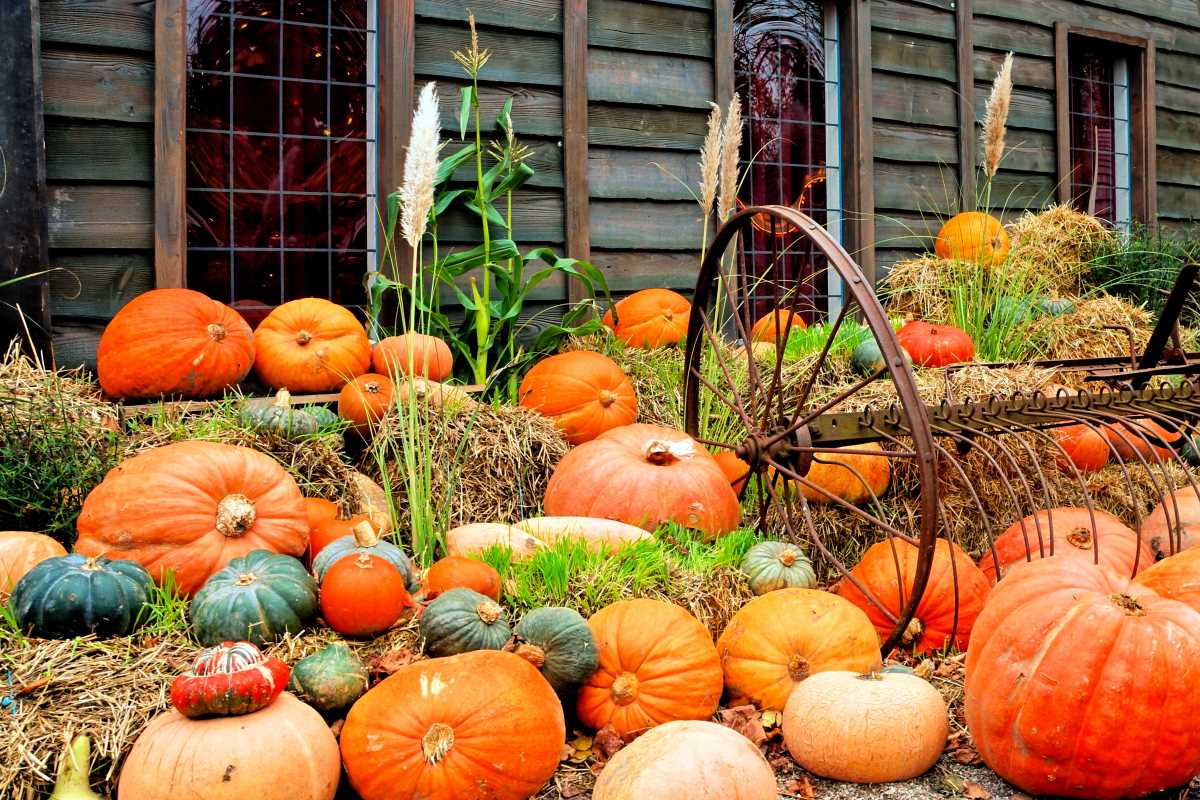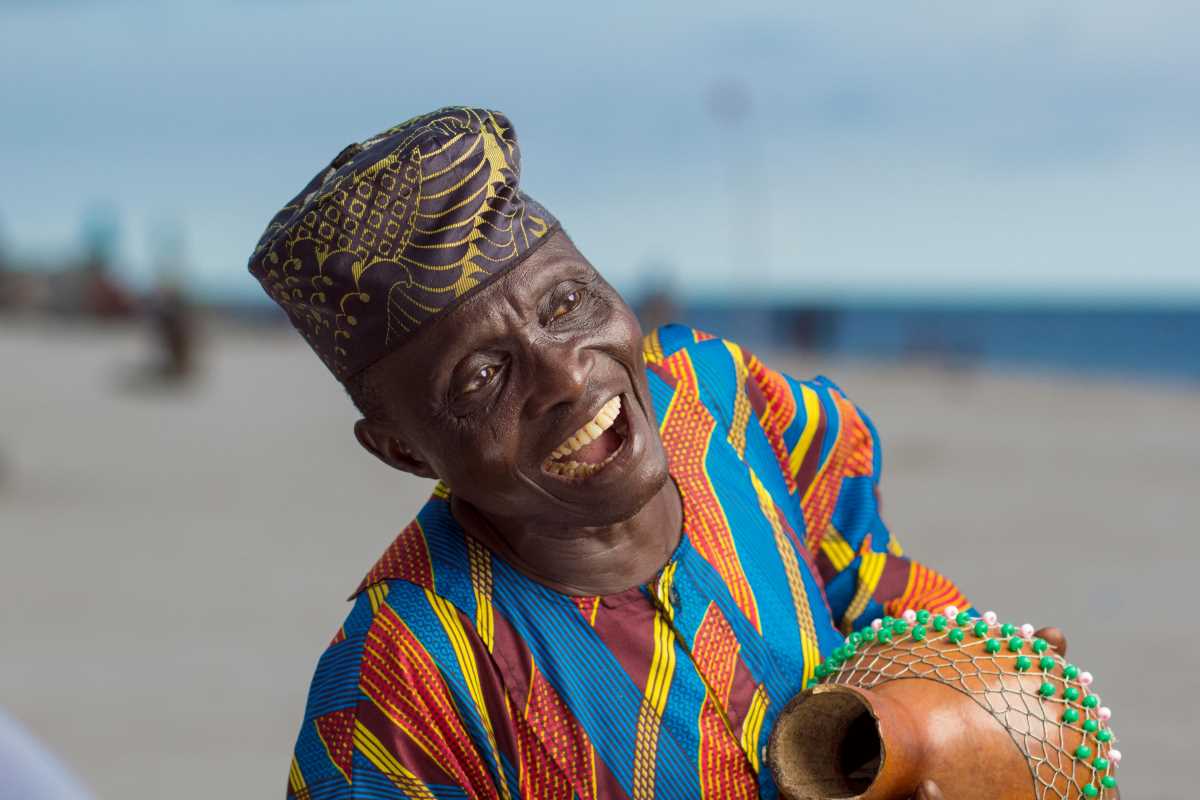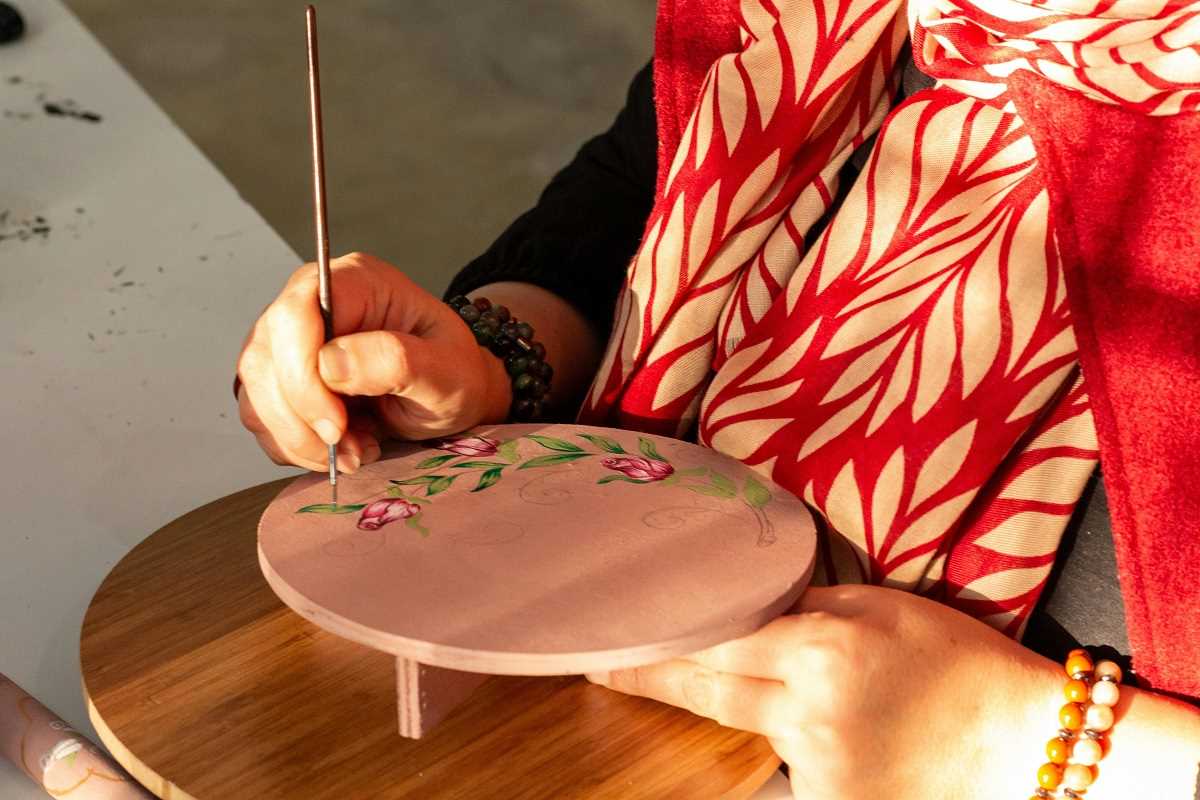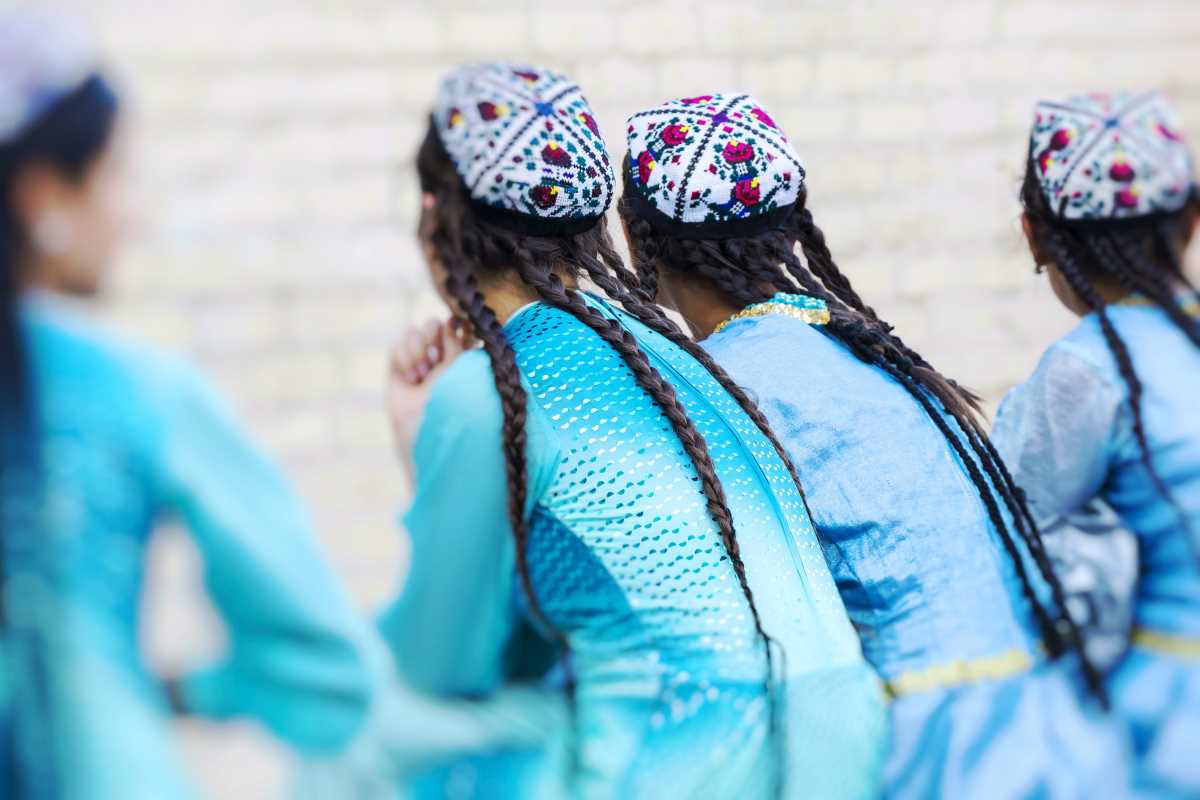Colorful threads and intricate patterns on traditional clothing reveal the stories and heritage of diverse communities worldwide. Examining embroidery on a tunic or shawl offers a window into the maker’s background, as every stitch, shade, and design often reflects local customs and history. With each detail, from the types of stitches used to the unique combinations of colors and motifs, these garments highlight the artistry passed down through generations. This guide introduces five unique regions, ranging from Eastern Europe to Latin America, helping you recognize the origins of embroidered pieces and understand the deeper meaning behind their cultural significance.
To build this insight, you’ll gather visual references from museum collections and online archives, chat with textile experts or local artisans, and double-check cultural context by cross-referencing academic papers or community resources. That mix of close-looking and scholarly input ensures you don’t mistake a generic floral design for something specific like a Polish kaszuby pattern or an Indian phulkari motif.
Historical and Cultural Context
Each region developed embroidery to reflect local beliefs, available materials, and daily life. For instance, Eastern Europe often wove religious symbols and agricultural motifs into festive attire, while Middle Eastern patterns might use geometric repetition tied to centuries of architectural decoration.
Learning a bit of history helps you appreciate why certain stitches appear and how styles evolved. For example, lace-like white-on-white stitching from Portugal tells the story of coastal trade and colonial-era interchange, while vibrant, mirror-stitched pieces from Gujarat, India, hint at local ceremonies and community gatherings.
Key Features of Different Regional Embroidery Styles
- Eastern Europe: Dense cross-stitch patterns in red and black, often on white linen. Floral wreaths and folk symbols repeat in horizontal rows.
- Middle East: Geometric chain and satin stitches, usually in jewel tones on dark fabrics. Stars, interlocking polygons, and arabesques appear prominently.
- South Asia (India, Pakistan): Glossy silk threads, mirror work, and crewel embroidery. Paisleys, peacocks, and religious motifs embed rich storytelling.
- Latin America: Bright appliqué and satin stitch on cotton. Bold color contrasts with stylized animals and festivals scenes.
- East Asia: Delicate silk shading, couching, and braid work. Cherry blossoms, dragons, and calligraphy-like swirls emerge.
Materials and Techniques by Region
- Linen and Wool in Eastern EuropeArtisans spin local wool or flax into sturdy yarn. They anchor cross-stitch on even-weave fabric, creating durable, daily-wear pieces.
- Silk and Metallic Threads in the Middle EastSilk strands add sheen, while metallic threads and sequins come from caravan trade. They highlight formal garments like wedding robes.
- Cotton and Mirrors in South AsiaSmall glass mirrors (shisha) surround colorful stitches. Cotton makes the base fabric breathable in hot climates.
- Wool Felts in Latin AmericaSheep’s wool yields bright natural dyes. Folk communities link embroidery with festive outfits, often for carnival or harvest rituals.
- Fine Silk in East AsiaIDetails come from shooting silk threads through a twist stitch. The fabric’s sheen becomes part of the design.
How to Analyze Patterns and Motifs
When you study an embroidery piece, start with shape analysis. Notice how flowers repeat or connect. Then check color sequencing—does the red always border a black outline? Finally, look at scale: are motifs tiny and dense or large and sparse? These clues help you place the garment in a cultural timeline and region.
For deeper insight, compare designs to reference books or online galleries. By matching your piece to documented patterns, you build confidence in your regional ID skills.
Practical Tips to Verify Authenticity
First, feel the fabric and threads. Handmade embroidery often shows slight irregularities in stitch length and tension, which machines rarely replicate. Look for subtle thread splits or tiny knots on the backside—signs of hand-stitching.
Second, inspect wear patterns. Genuine heritage garments show soft fraying at high-contact points, like cuffs or collars. Newer reproductions tend to look unworn or have uniform distressing techniques applied by machines.
Third, ask local sellers specific questions. A vendor who understands the craft traditions—like which village invented a certain motif—can confirm a piece’s provenance. If they dodge your questions or provide vague history, approach the embroidery with caution.
Identify regional embroidery by examining stitches, materials, and cultural stories. Use your knowledge to appreciate the heritage woven into each garment.
.jpg)

